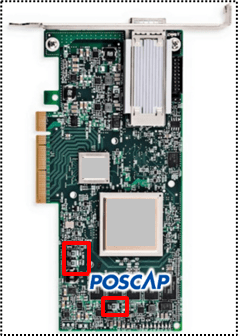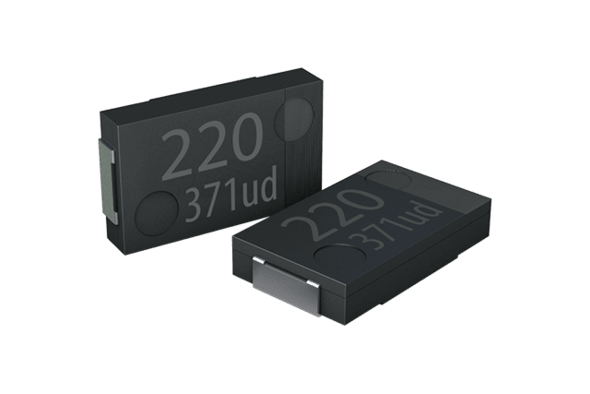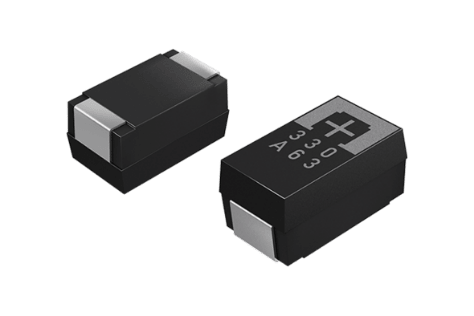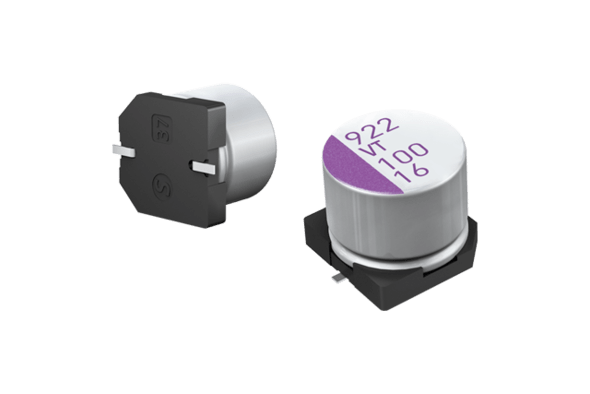Communications service providers are contributing intensely to large and hyper-scale data centres to deliver data processing, content, and communications services. The applications delivering these services must have access to high-speed storage and networking, be secure and run in a virtualized environment based on software-defined networking (SDN). Encryption, virtualization software, load balancing, deep packet inspection (DPI) and packet processing all require numerous CPU cycles and can tie up many processor cores, reducing the number of cores accessible for applications.
Smart network interface cards (NICs) can offload IP packet processing and other processing that would otherwise slow down the CPU. Smart NICs can be used to accelerate the processing power of virtual server environments. By installing smart NICs, communications service providers can deliver significantly better revenue-earning services with a small increase in investment.
Smart NICs can be based on an ASIC, FPGA or System on a Chip (SoC) and there are specific advantages and tradeoffs to each. Regardless of which smart NIC we are looking at, it needs to deliver high performance and reliability. As the result, they require passive components that can deliver these benefits.
Panasonic Industry Polymer capacitor technologies with large capacitance and low ESR help DC/DC ICs to stabilize the power rail voltage at large fast load current transient events.

Exemplary Visualization of Smart NIC
GX Series of SP-Cap

SP-Caps (Panasonic Conductive Polymer Electrolytic Capacitors) are great choices for today’s high current processors like CPU, GPU, FPGA, ASIC, DDR memory and other emerging high-performance ICs, to support their very strict (fast and large) load transient conditions. The key enablers are GX’s (1) 3mΩ SR which is the lowest value in Polymer type, and (2) 330µF-560µF capacitance values which are larger than those of ceramic capacitors, and more stable with voltage and temperature. GX Series come with 7.3x4.3mm area + 2mm height package (=suitable on PCB’s backside), and available with 2 terminals (GX-R) and 3 terminals (GX-L). For Higher switching frequencies or reducing ceramic capacitor count, GX-L will be the best choice due its low ESL.
TPE series of POSCAP

In addition, TPE series of POSCAP (Panasonic Conductive Polymer Tantalum Solid capacitors) with low ESR in miniaturized cases and TQC series by offering voltage range from 16V to 35V are other alternatives for Smart NICs. Manufactured by Panasonic using a unique process, POSCAP is based on sintered tantalum as the anode system and a highly conductive polymer on the cathode side. In addition to a low ESR, the extremely slim and small POSCAPs are the reliable choice for high-frequency applications, mainly because of their high heat resistance.
OS-CON / SVT Series

Finally, "OS-CON" (Panasonic Conductive Aluminum Solid capacitors) is an aluminum solid capacitor with a high conductive polymer. OS-CON acquires low Equivalent Series Resistance (ESR), excellent noise reduction capability and frequency characteristics. In addition, OS-CON has a long-life span and its ESR has little change even at low temperatures since the electrolyte is solid. Our new series "SVT" is surface mount type (vertical), low ESR, large capacitance and high ripple current with a better endurance performance that is 125℃ 2,000 hours, which enables use in high-reliability applications such as servers, base stations, switch router and power supply.
As this illustrates, Panasonic Industry offers an unrivalled range of Polymer Cap technologies – and hence is worth a closer look, when it comes to identifying reliable high-performance solutions for next-gen application designs.
